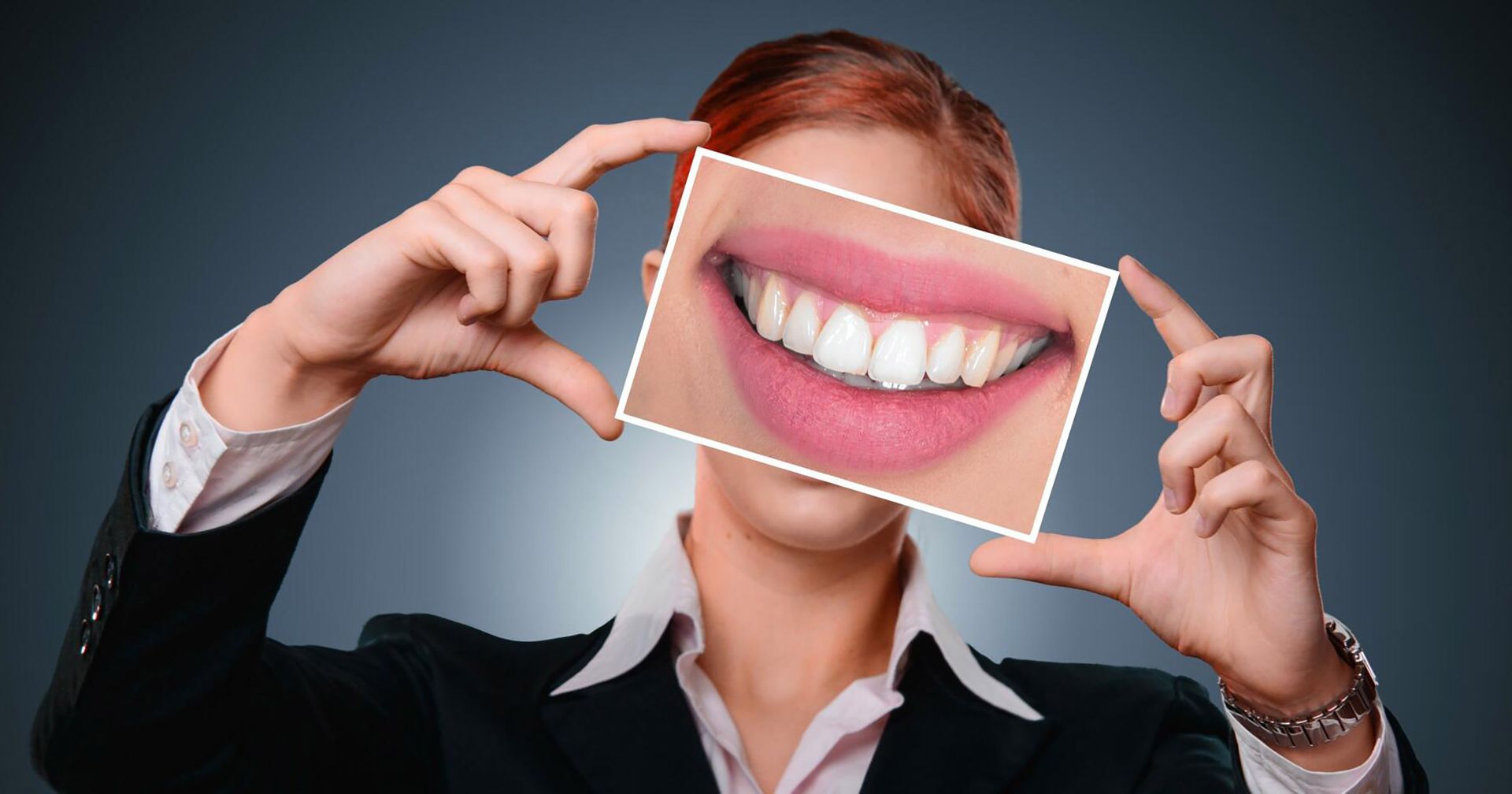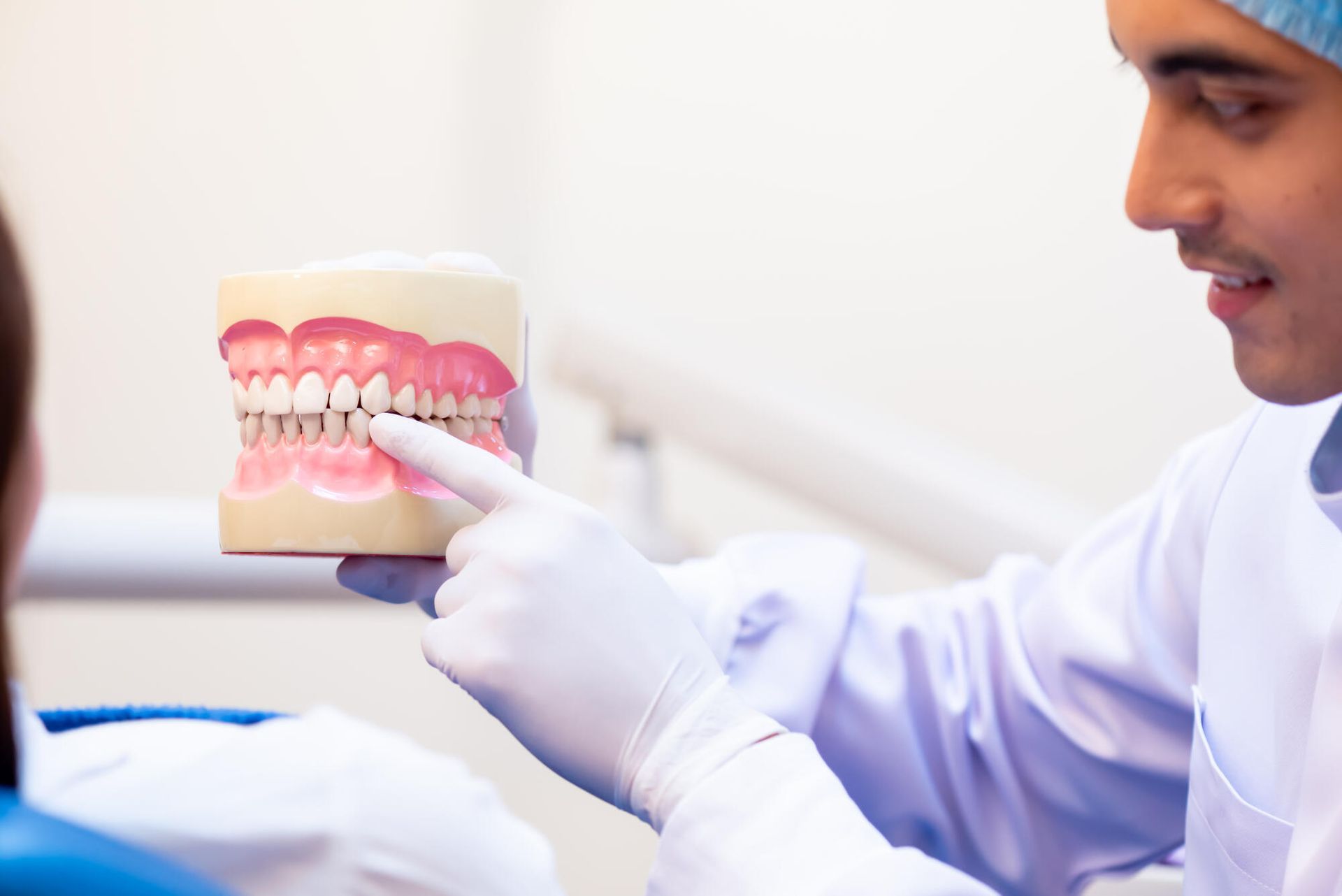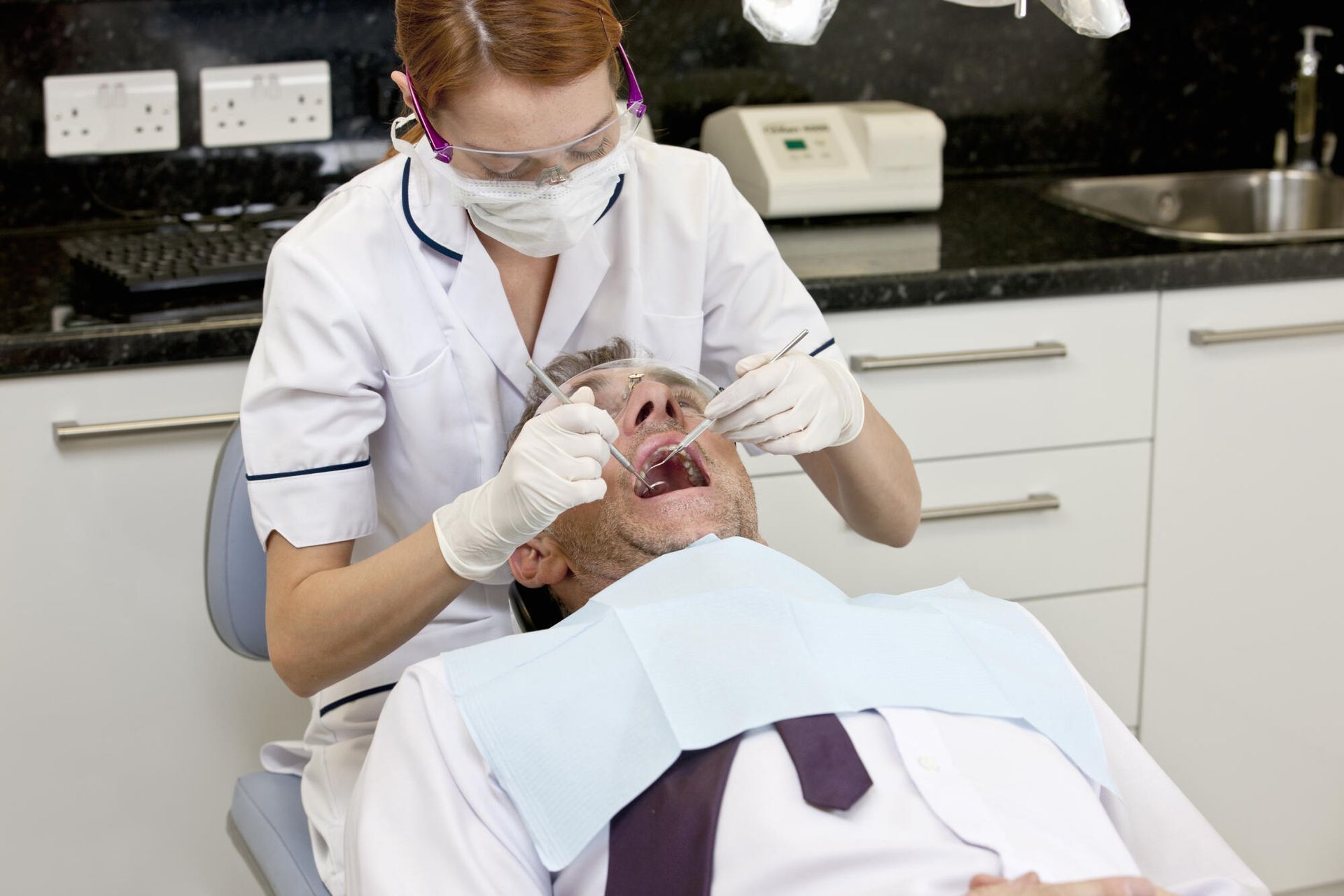The Science Of Teeth Whitening: How Does It Really Work?

The teeth whitening industry, valued at $6.9 billion in 2021, is growing rapidly as more people prioritize brighter, more attractive smiles (Grand View Research). Advances in technology continue to make achieving whiter teeth easier and more effective.
Teeth whitening isn't just about appearances; it's rooted in science. Each method, from innovative treatments to professional-grade formulas, is designed to break down stubborn stains and transform your smile.
If you've ever wondered how teeth whitening works or why professional treatments deliver such stunning results, you're not alone. Behind every brighter smile is a fascinating process that blends chemistry and care. Let's uncover the details of this transformative dental treatment and explore how it enhances your teeth and your confidence.
How the Teeth Whitening Process Works
Teeth whitening focuses on lifting stains from the enamel, the protective outer layer of your teeth. Over time, foods, drinks, and habits like smoking can cause discoloration. Whitening products work by targeting these stains and breaking them down chemically.
Most whitening treatments use active ingredients such as hydrogen peroxide or carbamide peroxide. These compounds release oxygen molecules, which react with the stains and dissolve them. The result is a brighter and cleaner-looking surface.
While over-the-counter options are widely available, professional treatments offer greater precision and safety. Professional whitening often includes stronger formulas and techniques that speed up results. These methods can include:
- Applying concentrated gels
- Using specialized light devices
- Tailoring treatments to your needs
At-home whitening kits are convenient but may not deliver the same evenness or durability. If you're curious about safe and effective options, consider learning more through a trusted provider that offers services like Smile-Perfected Teeth Whitening.
The Science of Oral Health and Whitening
Your teeth's health directly impacts how whitening treatments work. Enamel must be strong and intact for the whitening agents to work evenly. If your teeth or gums are unhealthy, you may experience uneven results or heightened sensitivity.
Whitening agents are formulated to brighten teeth while preserving enamel. When used properly, these treatments won't strip your teeth of essential minerals. Maintaining good oral hygiene before and after treatments ensures your teeth stay strong.
Key factors that contribute to a successful whitening experience include:
- Healthy enamel and gums
- Proper dental care routine
- Avoiding enamel-damaging habits
You can explore more through a dentist in Locust Grove. Healthy teeth and gums play a vital role in the science of oral health and how well whitening can work for you.
Benefits of Teeth Whitening
Whitening offers more than cosmetic benefits; it boosts confidence and motivates better oral care habits. A brighter smile often leads to improved self-esteem, helping you feel more comfortable in social settings.
A whiter smile can also encourage better dental hygiene. Many people adopt stronger care routines after seeing the results of their whitening treatments. From better brushing to healthier diets, the impact can be long-lasting.
Some key benefits include:
- A youthful appearance
- Improved first impressions
- Enhanced self-confidence
Professional teeth whitening tends to deliver longer-lasting results than over-the-counter options. Tailored treatments address individual needs, ensuring a safe and effective outcome. Consulting a family dentist can be a helpful first step if you want to brighten your smile while supporting overall oral health.
Whitening for Teens and Kids
Should younger individuals whiten their teeth? While whitening is popular among adults, it's crucial to consult a dentist before considering it for children or teens. Enamel sensitivity and incomplete tooth development can make early whitening risky.
Professional advice ensures safe treatment tailored to younger patients. A kid-friendly dentist can guide you on age-appropriate options.
Good oral hygiene and avoiding staining foods can often make a big difference for younger smiles. Whitening can wait until the teeth are fully developed and healthy enough for treatment.
Exploring Professional Options
Professional teeth whitening delivers faster, more reliable results compared to at-home kits. Dentists use stronger whitening agents and customized treatments to brighten your smile safely. Treatments also address uneven discoloration, providing uniform results.
Explore options tailored to your needs with a trusted provider. A patient's guide to cosmetic dentistry can help you understand how to get started.
Comparing Professional Teeth Whitening to At-Home Kits
When deciding between professional teeth whitening and at-home kits, understanding the differences can help you choose wisely. Professional treatments often involve stronger formulas and advanced techniques, delivering faster and more noticeable results.
While at-home kits may seem convenient, they usually contain lower concentrations of whitening agents. This means results take longer and might not be as uniform. Kits also lack the personalization offered by professional services, which can tailor treatments to your needs.
Professional whitening offers:
- Supervised application
- Faster results
- Fewer risks of sensitivity
On the other hand, home kits can work well for minor discoloration or maintenance between professional treatments. However, they require careful application to avoid uneven whitening or gum irritation.
If you're unsure which option suits you best, consulting a local dentist is a great way to start. A local dentist can assess your oral health and recommend the safest, most effective approach.
Keeping Your Smile Bright After Whitening
Maintaining your bright smile post-treatment requires simple but consistent habits. Teeth whitening results can fade over time if you don't take steps to protect them.
Start by avoiding foods and drinks that stain, such as coffee, tea, and red wine. If you can't skip these entirely, drinking through a straw can minimize contact with your teeth. Regular brushing and flossing are also key to preventing stains from setting in.
Tips for lasting results include:
- Using whitening toothpaste
- Scheduling regular cleanings
- Rinsing after consuming stain-causing items
Professional guidance can also help extend your results. Many practices, like this cosmetic dentistry provider, offer follow-up care to keep your smile vibrant.
Teeth Whitening: Your Path to a Brighter Smile
Teeth whitening offers an effective way to brighten your smile and boost your confidence. Whether you opt for professional treatments or at-home kits, understanding the process helps you make informed choices.
With multiple locations in Oklahoma, you can transform your smile with ease at Dental Arts, where expert care meets unbeatable value. Take advantage of up to 25% off in-office dental plans and flexible evening or weekend appointments. Contact us today to experience personalized treatments designed for your comfort and convenience!
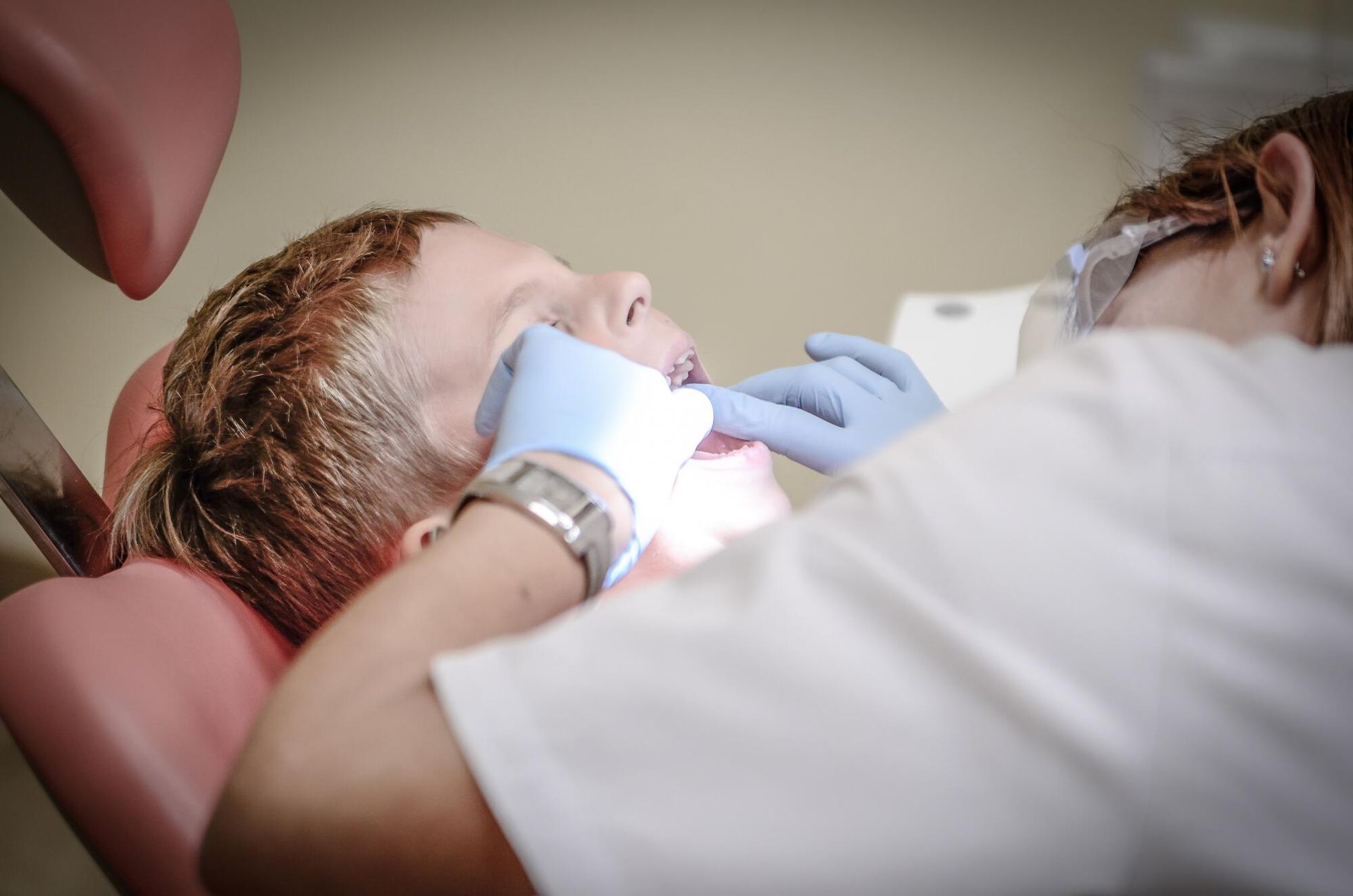
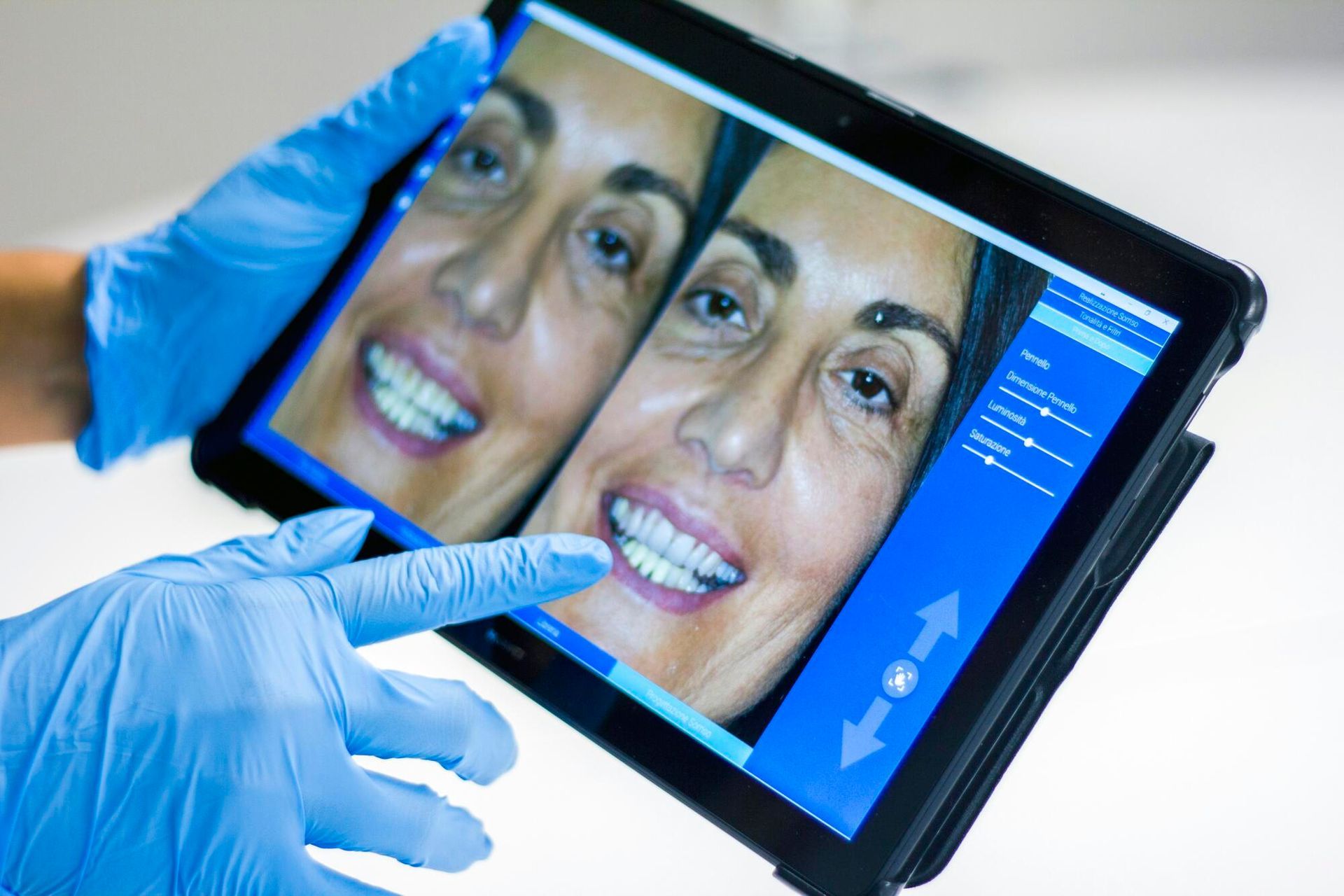
Catoosa Location
Locust Grove Location
Bixby Location
Tulsa Location
Nowata Location
This website and its marketing content are provided exclusively for use by clients of Dental Arts Management, LLC under the terms and conditions of the management services agreement.
All Rights Reserved | Dental Arts
Website Designed & Maintained by Xpress Promotion
918-937-7587
918-276-7318
918-205-7217
918-303-5048
918-393-4083

